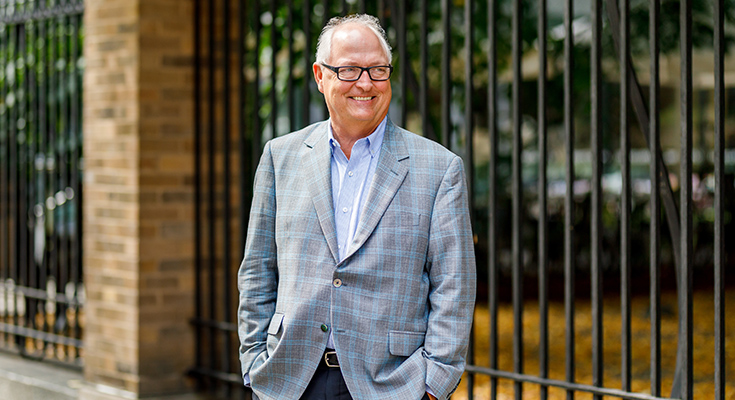
The second installment in our Complaint Data series: Professional Communication Concerns
What type of complaints does the College receive about physicians? And are certain specialties more likely to receive a particular complaint? In this series, we take a closer look at our recent data to provide you with a window into the type of issues that come before the College’s Inquiries, Complaints and Reports Committee.
As the co-chair of the College’s Inquiries, Complaints and Reports Committee, Dr. Anil Chopra has some insight on how physicians can reduce the likelihood of receiving a College complaint.
“Be kind and considerate,” he said.
That, he said, is the best advice he could give to a fellow physician. Too many of the complaints that the College receives, he says, are the result of patients feeling disrespected during an interaction with their physician.
“Yes, we are working in an over-stressed system, with many of us feeling the effects of burnout. However, we see people at their most vulnerable, and what they need most from us is empathy.”
Add the new fears and concerns arising from COVID-19 and it becomes even more important that we treat each other kindly.
We continue our series on the nature of College complaints by continuing to zero in on communication related complaints. Our focus is proportional to the scale of the issue – as much as half of all the complaints we receive come from patients unhappy with how their physician communicated with them. Our first installment in the series addressed clinical communication concerns, such as instances in which a patient felt a procedure was not appropriately explained to him or her.
In this installment, we look at professional communications concerns. Such concerns relate to the way physicians communicate with patients, their families and colleagues, both in written and verbal form. Cause for complaints would include perceived dishonesty, sarcasm, uncompassionate behaviour, condescension, yelling, and rudeness.
A number of such complaints, said Dr. Chopra, are the result of a clash of values – for example, a physician who appears to be unsympathetic to a patient’s refusal to stop smoking or to limit their alcohol consumption.
“I think physicians need to be mindful that they can speak to a patient in a way that is respectful and preserves the patient’s autonomy to make informed decisions without endorsing unhealthy behaviour,” he said. “No matter what you think of someone’s choices in life, you can still have conversations about their choices, and why they may be inconsistent with what you think is in their best interests. This can always be done in a way that does not sound condescending and diminish the patient. The patient must believe that you are their ally.”
Dr. Michael Szul, a medical advisor at the CPSO and a family physician, said that most doctors are empathetic, but time pressures and other work stresses can make it harder to be mindful of basic courtesies. “When a physician is running on empty, everything becomes harder and nerves can become frayed,” he said.
If feeling engaged with your patients is becoming harder to do, you may need to pay closer attention to your own emotional state, he said. “It will be easier to be kinder with patients, if you begin by being kinder to yourself,” said Dr. Szul.
ICRC data
This retrospective analysis reviewed closed investigation files related to professional communication concerns with a decision issued between January and December 2018. In order to be included in the review, the files had to identify an issue with professional communication that was addressed by the Inquiries, Complaints, and Reports Committee (ICRC).
The infographic presented here is an analysis of 679 files involving 639 physicians with professional communication complaints. Ninety-four percent (N=602) of the doctors named in the investigations received one complaint related to their professional communication, whereas 6% (37/639) received two or more during the period of review. Ninety one percent (621/679) of files identified other issues in addition to professional communication. Of the 621 files that identified other issues in addition to professional communication, 89% (551/621) involved a clinical matter and/or other professionalism issues whereas 11% (70/621) only identified other professionalism issues.








